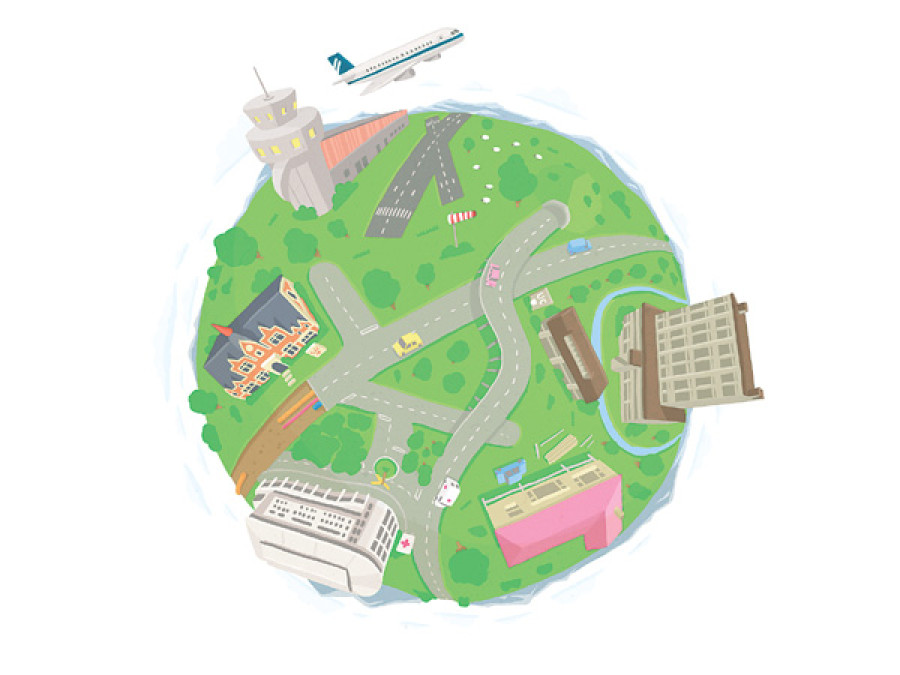Entertainment
Retrofitting my nation
We need to retrofit our structures to restrain possible earthquakes in the future with proper analysis
Anjan Kuinkel
engineering world; the demand for retrofitting has hence increased. We all know that, to date, there is no manmade structure fully resistant to the effects of earthquake. Steps of retrofitting comprises: assessment of structure, evaluation of seismic forces acting on the structure, selection of retrofitting strategies, which also includes proper implementation. It is vital to select right materials, technique and methods.
During my visit under NEA (Nepal Engineers’ Association) for Rapid Visual Assessment. I found out about the existing buildings,old and new. These buildings were mostly not properly renovated due to financial constraints. After the recent earthquake, a large number of houses without seismic design were damaged. The cause for the
damage were predating modern construction practices by less durable materials and construction of buildings without the application of proper seismic codes.
Currently, multiple aspects of retrofitting can be seen as per the characteristics of structures. Hence, engineers need to design the retrofitting approaches by compiling the building codes. Some recently developed materials and techniques, under the building codes, can play an essential role in structural repairs.
Injecting grout is the most common remedy for walls and structures with cracks. However, a large number of cracks can also be stitched together with steel bars and mortars. These help in restoration of stiffness of the structure. During multiple researches, it has been observed that concrete shear walls and steel braced frames are common strengthening techniques due to their low cost and widely known designs.
The phase we Nepalis are going through is sensitive. We need to retrofit our structures to restrain possible earthquakes in the future. Proper analysis is essential to make this phenomenon economical and reliable. It is important that we shed these techniques of enhancement, not only in our homes but also in those structures that are of cultural and historical significance. The preservation of old temples and durbars that withstood the recent earthquake is now in a state of urgency; it’s time we act.
Kuinkel is a final year student of Civil and Rural Engineering at Nepal Engineering College




 16.12°C Kathmandu
16.12°C Kathmandu










